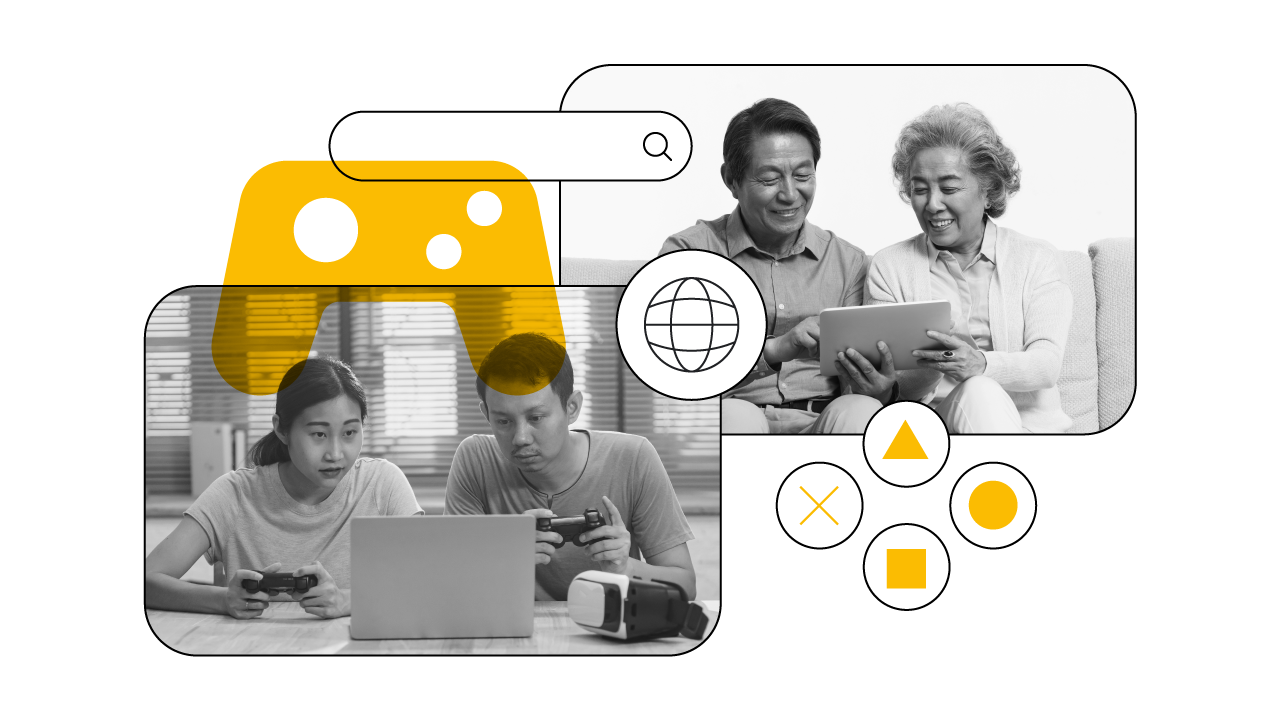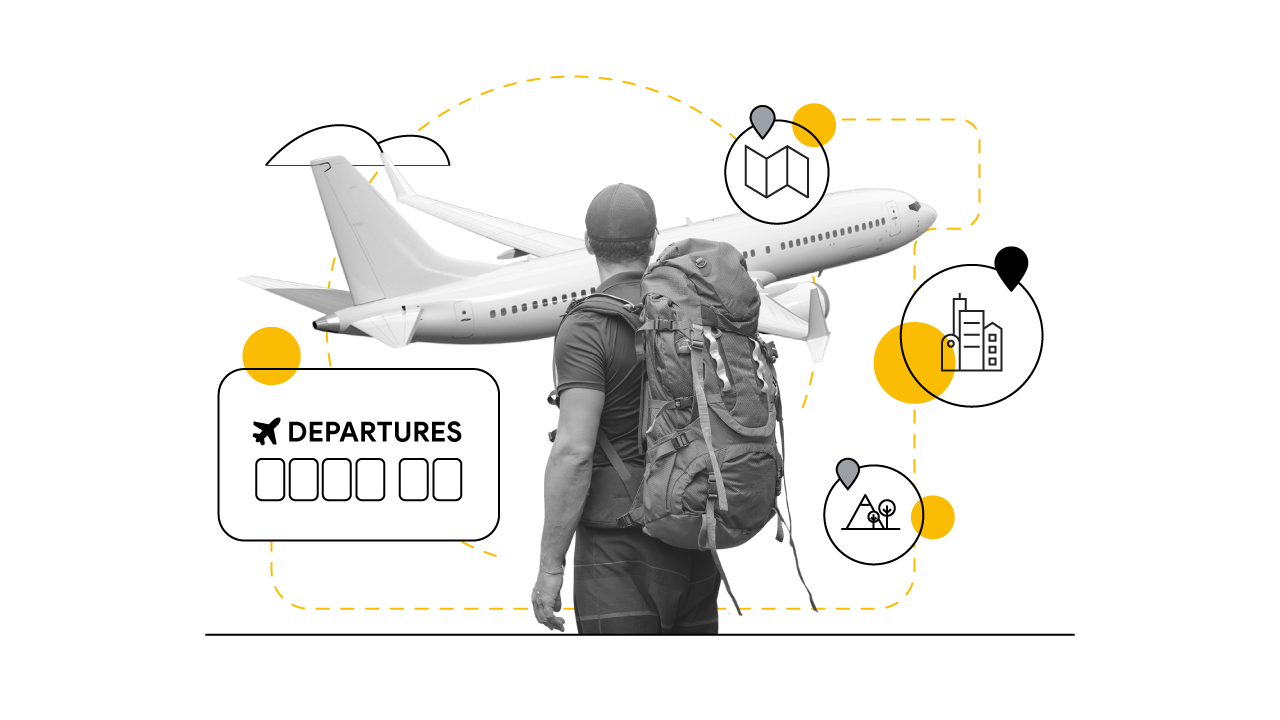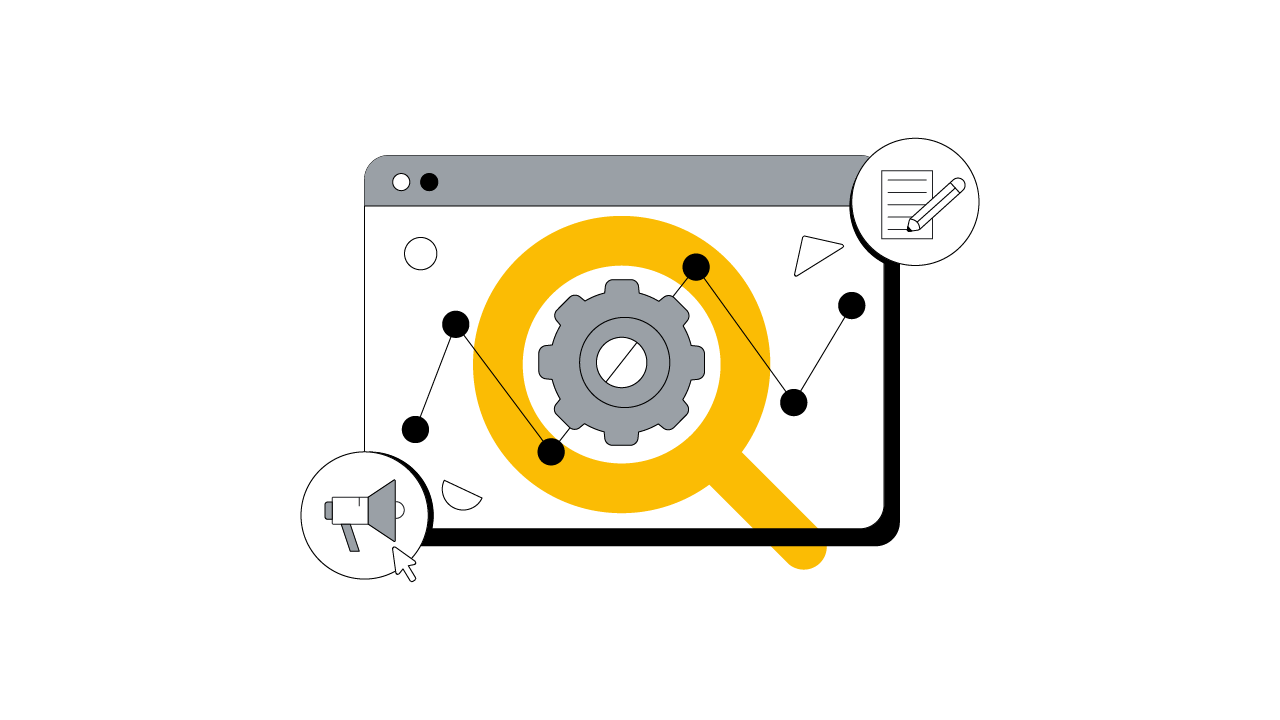Ask a researcher: How do needs drive intent?
Guest
Published
February 2020Share this page
Ask a researcher: How do needs drive intent?
February 2020Needs spark consumer journeys. But how can marketers identify those consumer needs and address them? Google’s Head of Research and Insights Justin De Graaf talks about the emotions behind need states and what marketers can do to put this information to use.
People don’t wake up in the morning and say, “I have intent.”
It’s not a thing, people don’t talk like that.
They do say, “I need something.”
or “I want something.”
My name is Justin De Graaf, I am the head of research and insights at Google.
When people come to Google.com, there are six need states they are actually looking
to solve for.
The first is thrill me.
The next is impress me, educate me, reassure me, help me, and surprise me.
When a person realizes that they need something, so they might need to find things to do for
their kids this weekend.
They might turn to Google and search for “jumpy houses near me.”
The thing is, behind that, the need beneath that is, they actually want to be helped and
help their family connect and have a moment together.
Those are the pieces that are actually motivating their behaviors.
What they search is trying to solve that.
But people don’t say that.
They type “things to do near me.”
The ways it can show up, and how marketers can use it best, things like creative development.
Educate me is a great example.
It’s a big need state.
People are coming to us to get information, and then move on.
If you’re looking for “safest automobile” or “safest small SUV,” you want information.
You don’t want a sales pitch.
You don’t want a big scene of creative.
You want to know rank order.
Give me the facts of what’s safest.
Marketers in that moment can be more efficient, more direct.
What’s interesting is that the needs are what spark a journey, as people move, and
they expand and contract a consideration set.
All along that, their needs are trying to be met.
And they’re going to keep going in their journey until they feel like their needs are
met.
That’s when you make the purchase.
That’s when you book your trip.
That’s when you know it’s done.
And there’s a lot of delight that comes from being done.
And so solving for those needs is such a paramount element of humanity, really.
It’s a way to be there and have a relationship with the people who are buying your things.
Others are viewing
Marketers who view this are also viewing
-
Report
![]() Report
ReportYear in Search 2020: Singapore
-
Article
![]() Article
Article2019 Year in Search Indonesia – Insights for brands
-
Video
![]() Video
VideoThe keys to keeping up with today’s curatorial consumer
Watch now -
Article
![]() Article
ArticleScoring with gamers: New findings on HTML5 players that’ll grow gaming revenues
-
Article
![]() Article
ArticleLost and found: How 3 travel brands grew bookings with AI-driven marketing
-
Article
![]() Article
ArticleDestination unknown: Travellers are prone to change their minds and this can benefit brands
-
Article
![]() Article
ArticleWrite it right: 5 tips for creating impactful responsive search ads
-
Perspective
![]() Perspective
PerspectiveFrom confusion to clarity: How brands can help people make confident purchase decisions with Search








